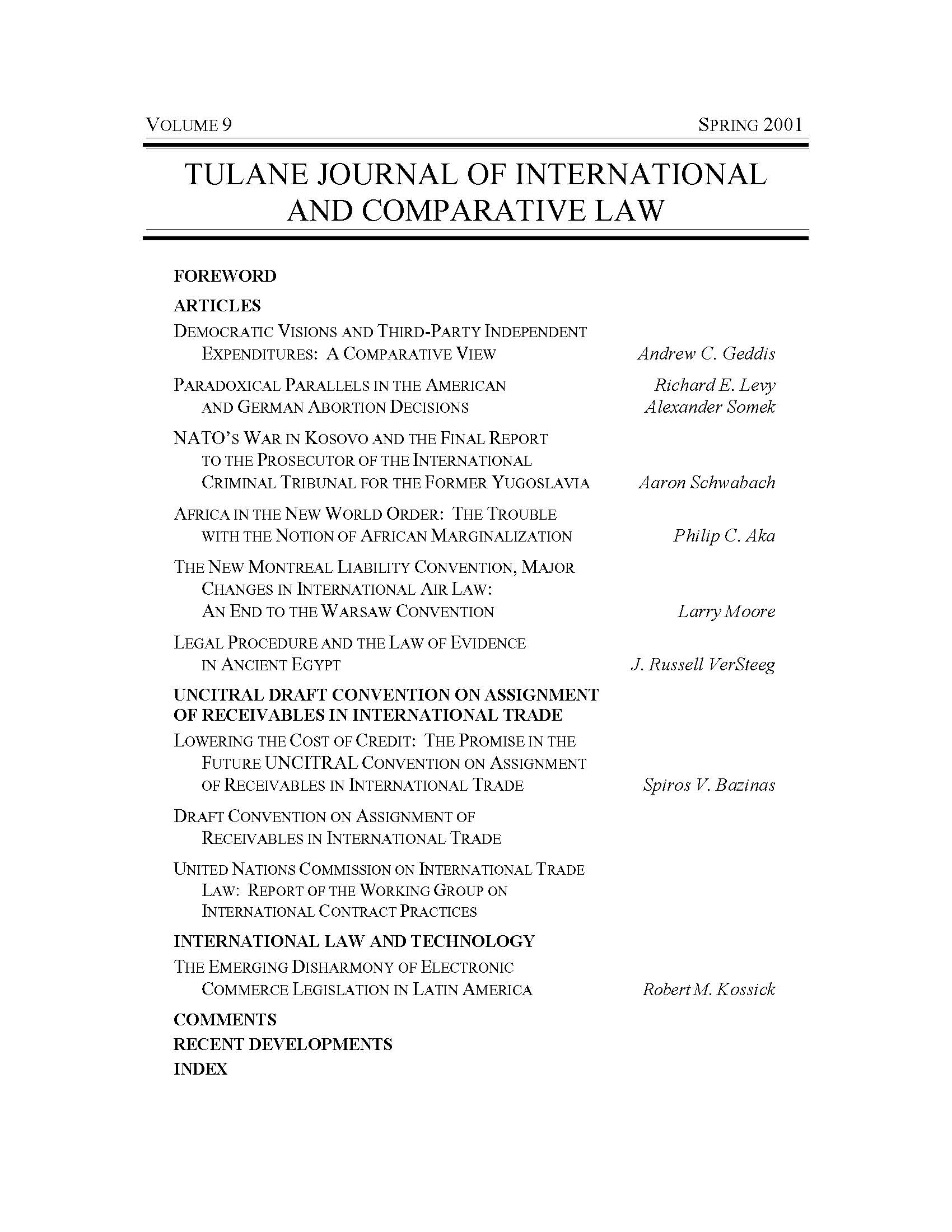Legal Procedure and the Law of Evidence in Ancient Egypt
Abstract
The ancient Egyptians established fixed procedures for dispute resolution. As is the case with modern U.S. law, the ancient Egyptian courts tried to follow precedent, recognized the importance of due process, and kept records of their decisions so that, when similar problems arose, they were able to resolve those problems in a consistent fashion. There was no viable appeal procedure until the first millennium B.C.; or if there was a right of appeal earlier, it was extremely limited in scope. The ancient Egyptian had his day in court (so to speak) and that was it. Indeed, most trials lasted only one day. Although there were no professional lawyers, scribes seem to have specialized in preparing legal documents for pleading, and also wrote wills and other documents of a legal nature. Thus, the scribal class functioned somewhat like lawyers or quasi-lawyers. But scribes did not plead cases for others as advocates. Most of the evidence points to a relatively simple procedural structure. The plaintiff, or the state official acting in the capacity of a prosecutor, brought his case (often by means of a written complaint), argued it, and then the defendant answered, arguing his case, followed by a summation. It is clear that both oral evidence (i.e., bringing in witnesses to speak on your behalf) as well as documentary evidence (e.g., contracts, wills, deeds, and tax records) were both admissible. However, the Egyptians preferred to have the testimony of their witnesses written down. The judges took an active role at trial, asking questions and interviewing witnesses. Witnesses were threatened with severe penalties for perjury and sometimes were tortured. Officials had authority to search houses and to seize property as evidence. Although the special courts were not bound by formulaic court procedures, they too relied on traditional judicial mechanisms (e.g., investigation) and standard types of evidence (e.g., witnesses, documents, searches, and visits to the scene of the crime). We are not sure how much power the courts possessed to enforce their judgments.
